… is now 8 years old, and the money paid for this 10 engineers start-up was considered, at that time, as a “bingo” for Cascade’s funders: “In October 2004, the Company completed the acquisition of Cascade Semiconductor Solutions, Inc. (Cascade) for total upfront consideration of $15.8 million and contingent consideration of … Read More
 CEO Interview with Dr. Maksym Plakhotnyuk of ATLANT 3DDr. Maksym Plakhotnyuk, is the CEO and Founder…Read More
CEO Interview with Dr. Maksym Plakhotnyuk of ATLANT 3DDr. Maksym Plakhotnyuk, is the CEO and Founder…Read More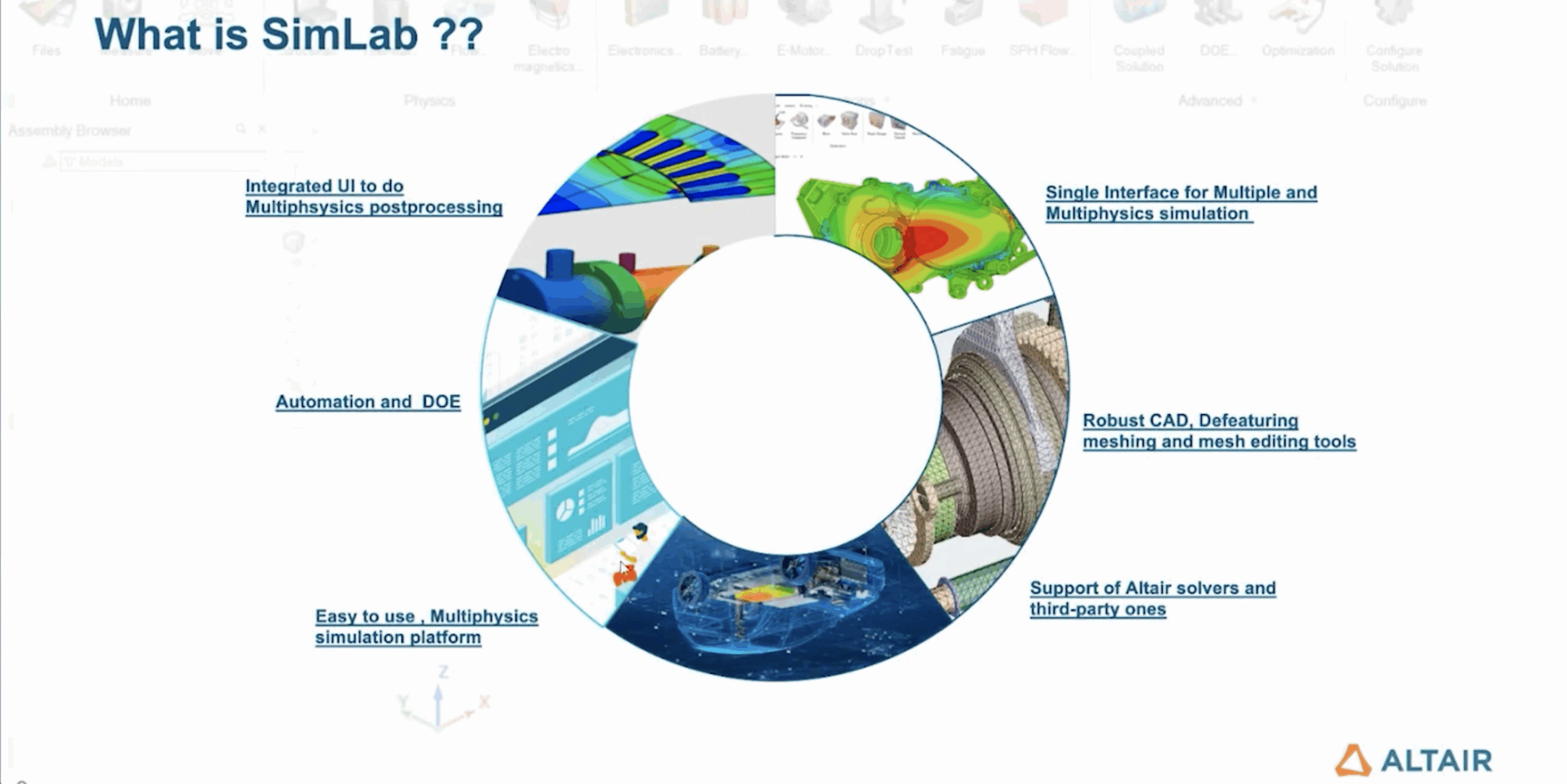 Altair SimLab: Tackling 3D IC Multiphysics Challenges for Scalable ECAD ModelingThe semiconductor industry is rapidly moving beyond traditional…Read More
Altair SimLab: Tackling 3D IC Multiphysics Challenges for Scalable ECAD ModelingThe semiconductor industry is rapidly moving beyond traditional…Read More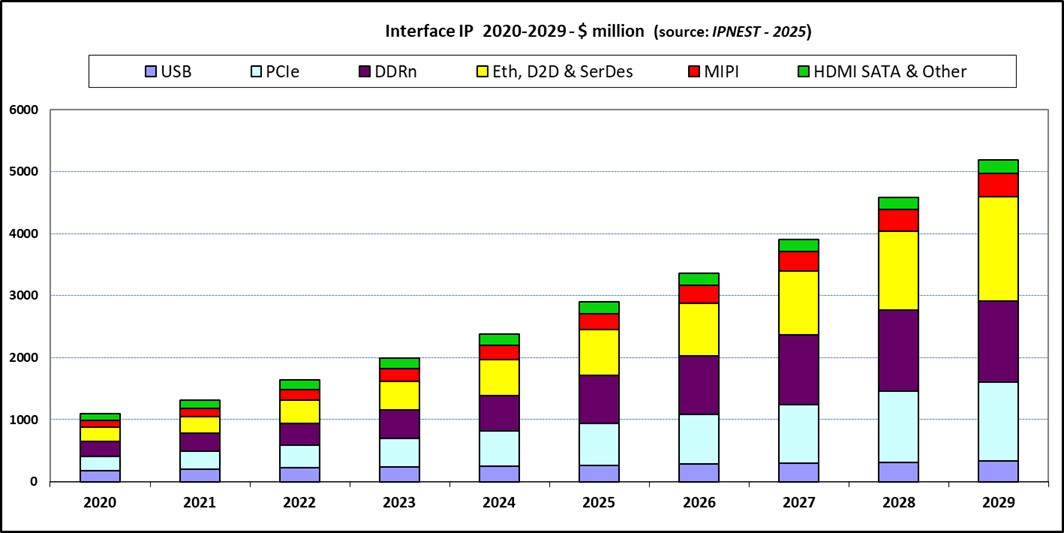 AI Booming is Fueling Interface IP 23.5% YoY GrowthAI explosion is clearly driving semi-industry since 2020.…Read More
AI Booming is Fueling Interface IP 23.5% YoY GrowthAI explosion is clearly driving semi-industry since 2020.…Read MoreFinFET Design Challenges Exposed!
The first mention of FinFETs appeared on SemiWiki after the ISSCC conference in 2011. Dr. Jack Sun, TSMC Vice President of R&D and Chief Technology Officer, spoke about the power crisis the semiconductor industry is facing and FinFETs was one of the promising technologies that could help us. Since then, we have posted 100+ … Read More
A Non Deterministic Timing Problem
When I was not messing around with FPGA Research and Development, or Algorithms, I was often called into the lab or field and presented this type of scenario… Most of the time, the fix was the same…
At least a few times a year, I’d get the call. Sometimes a panic in the voice, or sometimes defeat. And who wouldn’t be defeated? After… Read More
GSA Silicon Summit: More than Moore
The theme of this year’s GSA Silicon Summit is More than Moore. This has become a sort of catchall phrase for technologies other than simply moving to the next process node. The summit is on April 18th at the computer history museum (1401 Shoreline Blvd). Registration takes place at 9am and the actual sessions start at 9.45am.… Read More
IC Test Debug at Altera
My background is IC design engineering, so it’s always a delight to talk with another engineer on their chip challenges. Today I spoke by phone with Sucharita Biswas, a Senior Hardware Engineer at Altera involved in IC test debug for FPGA devices.
Mentor Graphics User2User Conference
April 25, 2013, San Jose, CA
Click here to register.
Come hear Mentor Graphics CEO, Wally Rhines, 2013 Kaufman Award Winner,Chenming Hu, and Xilinx Senior VP,Victor Peng, at the User2User Conference in San Jose.
KEYNOTES
Organizing by Design
9:00am – 9:50am
Walden C. Rhines | CEO & Chairman | Mentor Graphics
Winning products… Read More
For power and performance, Fins or BOXes?
I recently spoke to Arvind Narayanan, Product Marketing Manager for Mentor’s place and route division about emerging technology. This of course led to FinFETS, FDSOI, performance, power, and cost-benefit. The battle between FDSOI and FinFETs, said Narayanan, is going to be something to watch.
Both FDSOI and FinFET technologies… Read More
RTL Restructuring
Hierarchical IC design has been around since the dawn of electronics, and every SoC design today will use hierarchy for both the physical and logical descriptions. During the physical implementation of an SoC you will likely run into EDA tool limits that require a re-structure of the hierarchy. This re-partitioning will cause… Read More
Kathryn Kranen Wins UBM Lifetime Achievement Award 2013
UBM’s EETimes and EDN today announced Kathryn Kranen as the lifetime achievement award winner for this years ACE awards program. Kathryn, of course, is the CEO of Jasper (and is also currently the chairman of EDAC). Past winners exemplify the prestige and significance of the award. Since 2005 the award was given to Gordon… Read More
Cell Level Reliability
I blogged last month about single event effects (SEE) where a semiconductor chip behaves incorrectly due to being hit by an ion or a neutron. Since we live on a radioactive planet and are bombarded by cosmic rays from space, this is a real problem, and it is getting worse at each process node. But just how big of a problem is it?
TFIT is … Read More

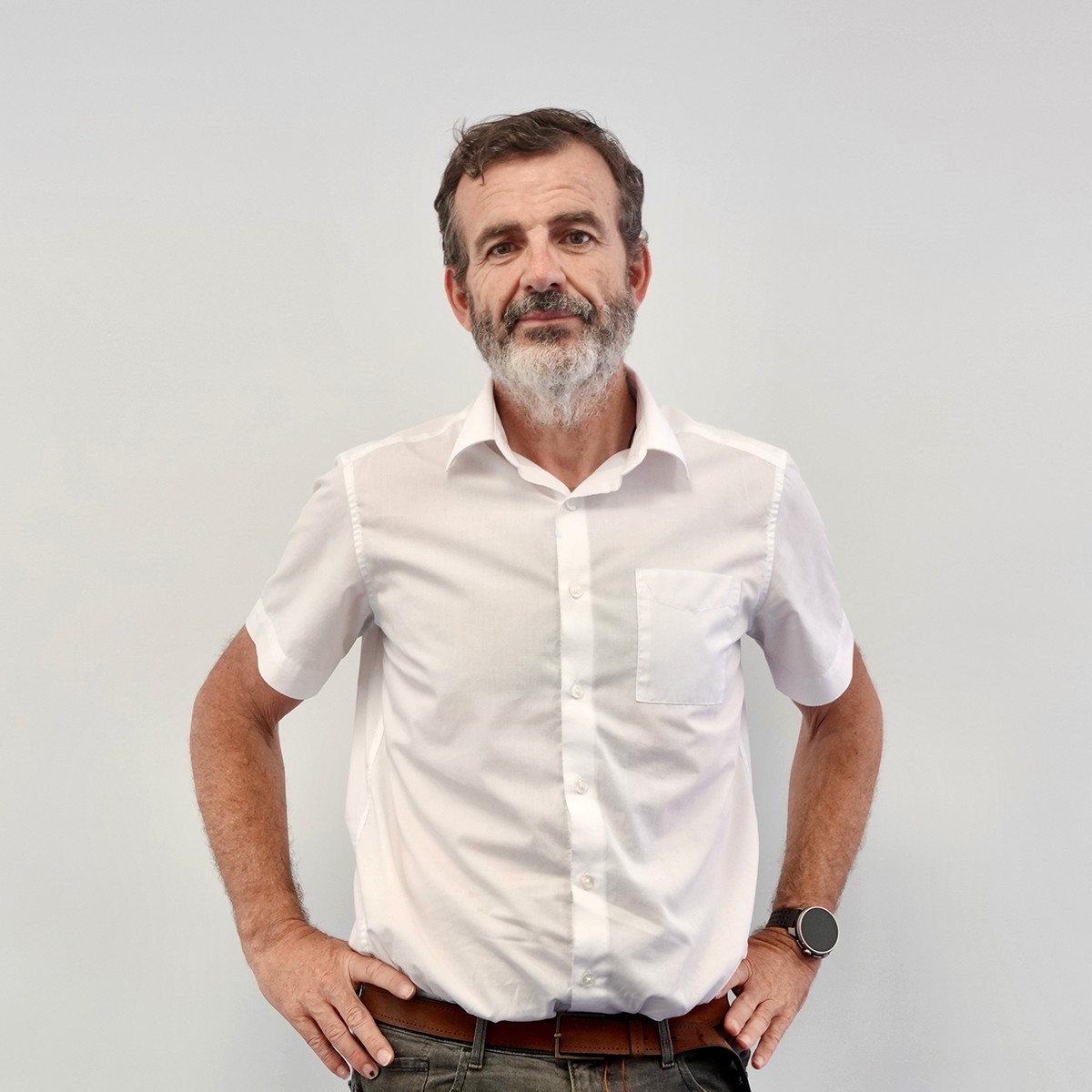
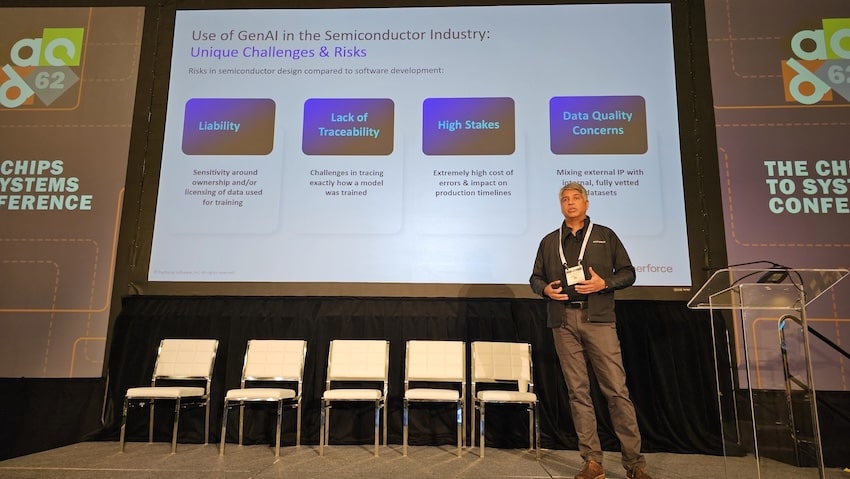


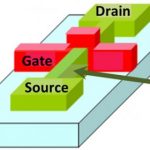
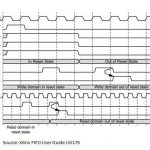



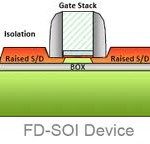
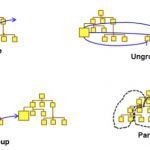

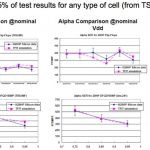
TSMC N3 Process Technology Wiki